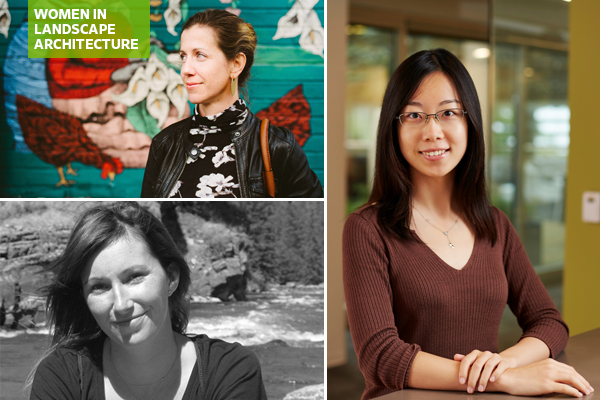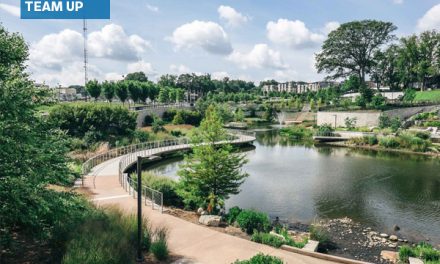ASLA’s Women in Landscape Architecture Professional Practice Network (WILA PPN) is sharing the next set of profiles of women in the profession (see last week’s right here). If you’d like to be featured, the PPN’s call for submissions will remain open, with profiles being shared on an ongoing basis.
Submit a WILA profile!
These profiles will appear on the PPN’s LinkedIn group, Facebook group, and here on The Field. This post includes Jennifer Cooper, ASLA, Anne Chen, ASLA, and Meghan Mick, ASLA.
Jennifer Cooper, ASLA
What inspired you to pursue a career in landscape architecture?
My father was a stained glass artist who restored the Frank Lloyd Wright Home and Studio in Oak Park, IL, so I grew up running around these interesting buildings. He was always either in his workshop or sketching new ideas in his little yellow notepad. My mom was a homemaker with a real talent for oil painting. So art was always in the air in our house. Growing up in a very green Chicago suburb, I always loved nature, so combining the two was a natural fit for landscape architecture.

Who are the female role models who have influenced your career?
I have been lucky to have so many wonderful female role models in my career. My Clemson professor, Lolly Tai, PhD, RLA, FASLA, introduced me to my first job at Hart Howerton in NY. Then I worked for many years at Mathews Nielsen with the great Signe Nielsen, FASLA, and Kim Mathews, FASLA. Starting my career at a women owned firm showed me that there is no ceiling. And as I considered applying to graduate school, Susannah Drake, FASLA, then of DLANDstudio and now Sasaki, encouraged me to apply to the Harvard Graduate School of Design, where I graduated with an MLA in 2010. So I feel lucky to have never felt that I could not succeed as a woman in the profession. And now as the head of the Landscape Architecture Bureau at Public Works in San Francisco with a female Director and Mayor, I know that is true!
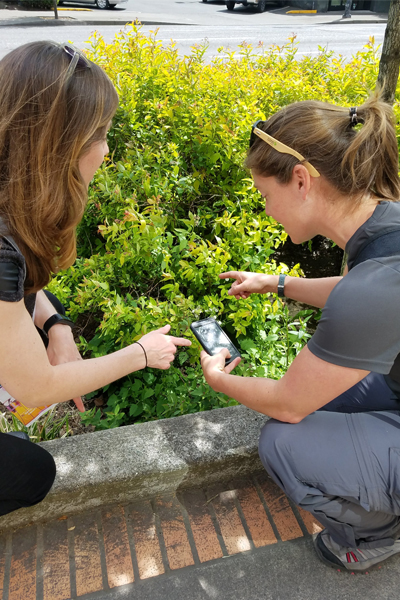
What advice do you have for other women pursuing a career in landscape architecture?
Start anywhere! Go for what you are passionate about and start building from wherever you are. I started writing articles for my local ASLA newsletter (they are always hungry for content) and used those small beginning credentials to write for Topos, Garten+Landscaft, and finally Landscape Architecture Magazine, where I won the Bradford Williams Medal for journalism. But it started with the newsletter and an opportunity. So start anywhere!
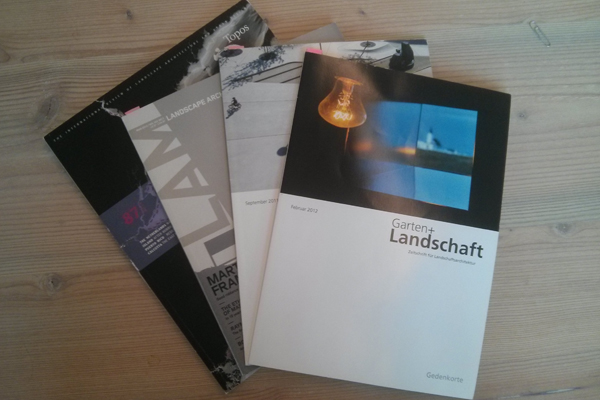
Can you share with us a project you are particularly proud of and why?
I am particularly proud of the Sunset Boulevard Biodiversity Master Plan we created with the team at Public Works. We saw the opportunity to turn an ask for a drought tolerant master plan into something much more meaningful for the community and environment. And a shout out to my female partners on the project: Solange Guillaume, ASLA, and Jennifer Brooks!

What advice would you give your younger self?
Take more risks! It’ll all work out fine.
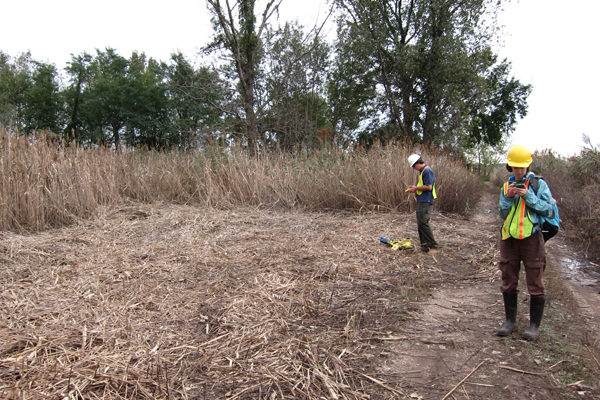
Anne Chen, ASLA
What inspired you to pursue a career in landscape architecture?
I started pursuing landscape architecture after my undergraduate degree in architecture. I was an architecture intern at a high-end residential firm, where I developed a critical take on the practice. Being at the residential firm, I was not exposed to the more humanitarian and ecologically responsible aspects of the discipline I so greatly desired to explore further.
In my semester in Italy, I became intrigued with natural phenomena such as flooding, and cultural phenomena such as mass tourism and mass migration and their connection and conflict to the identity of a place. My undergraduate thesis was to investigate a place’s natural condition in contrast to the current constructed environment, and how to project the genius loci now transformed and transposed to meet contemporary demands for innovation and inclusion.
The time I spent in Italy transformed my outlook on the world of architecture and the role of an architect. As I continued to interrogate the discipline of architecture and the type of architect I want to become, I asked myself: how can one design something for the public realm with empathy and care for all people? How can designers work with regard to social and ecological concerns? These questions inspired me to pursue landscape architecture.

Can you share with us a project you are particularly proud of and why?
“I believe that every student deserves a great facility to learn in,” said Sonia, an 8th grade student. A group of students spoke during the public comment of the Montgomery County Council meeting, pleading for the funding to fix their school. This middle school feels forgotten about by the system with inadequate learning environment. The students raised concerns about the safety, outdated, narrow hallway, and many concerns of the current facility have led to the replacement project.
Working on this middle school project exemplifies the potential impact I want to make through my work. The students’ voices, raised in public forums, led to a transformative replacement project and kept me motivated to continue pursuing community-oriented work as both architect and landscape architect.
What advice would you give your younger self?
I would remind myself to hold on to the design sensibility and to slow down to enjoy the journey. We all experienced fire drills on projects. And we are often asked to design as fast as possible. But it’s important to take a pause and think thoroughly.
In today’s fast-paced culture, it’s vital to slow down for meaningful connections and lasting memories. Working on community-oriented design projects requires taking a step back and taking the time to ask difficult questions. Designers ought to question the established systems that contribute to inequality. We need to work at the speed of trust in order to effectively make positive change in communities. Taking a moment to step back and reassess gives us the space to learn and adapt continuously.

Meghan Mick, ASLA
What inspired you to pursue a career in landscape architecture?
I had not heard of the field of landscape architecture until after receiving my bachelor’s degree in fine arts. I was working as a graphic designer for an advertising agency in Raleigh, NC, and stumbled upon a student presentation in the public square on my lunch break. I was immediately intrigued by the combination of design with nature—two of my favorite things. Only a few months later I began the MLA program in the College of Design at NC State.
Who are the female role models who have influenced your career?
The Department Chair during my time at NC State was Achva Benzinberg Stein, FASLA. As the first female landscape architect I knew, she was supportive and strong and created a solid foundation for my knowledge and confidence in the profession. Since that time I have worked with several females that I admire including Rebecca Bradley, ASLA, with Cadence Landscape Architects and Kate Brown with the Trust for Public Land. I’ve also had the privilege of meeting and receiving mentoring from other educators in the field, specifically Claire Latané, FASLA, Ebru Özer, FASLA, Elen Deming, FASLA, and Carla Delcambre, ASLA.

What advice do you have for other women pursuing a career in landscape architecture?
I would encourage them to seek out and follow a path that excites them. Our profession is so diverse and there are so many ways to contribute. As a landscape architect, you are not confined to work only in the traditional categories of residential, commercial, streetscape, etc., but can also address issues of biodiversity, migration, inequity, and health. Also, work with as many other disciplines as you can—you will not only continually learn and grow through these experiences, but you will expand the reach of our profession.
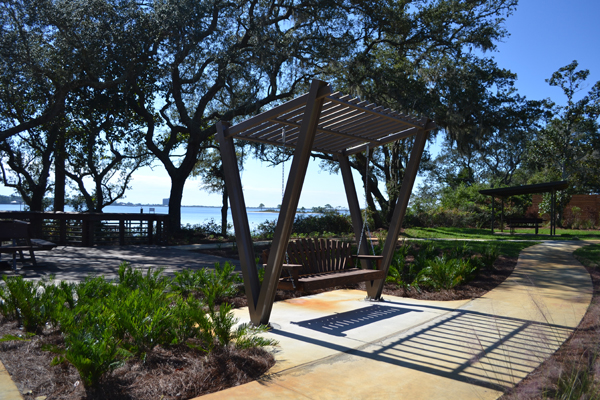
Can you share with us a project you are particularly proud of and why?
Just before joining the faculty at Florida State University, I was a Project Manager with Wood+Partners, Inc. There I had the privilege of working with the Trust for Public Land (TPL) on the Florida Coastal Access Program, creating four waterfront parks in communities affected by the Deepwater Horizon oil spill. Those projects exemplify what I love about landscape architecture—balancing access and human experience with ecological processes and natural habitats. The parks include Innerarity Point Park, Capt. Leonard Destin Park, Lynn Haven Bayou Park & Preserve, and Island View Park.

What advice would you give your younger self?
Trust the process! Stop worrying so much about where the path ends up and explore/enjoy all of the experiences along the way.
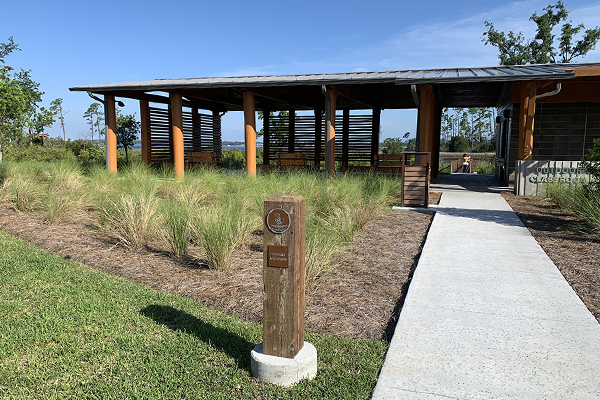
Submit a WILA profile!
2024 WILA Profiles:
Voices of Women in Landscape Architecture, Part 1
- Carolina Jaimes, ASLA
- Connie Scothorn, ASLA
- Emily Greenwood, ASLA
Voices of Women in Landscapes Architecture, Part 2
- Kathryn Talty, ASLA
- Aida Curtis, FASLA
- CeCe Haydock, ASLA
Voices of Women in Landscapes Architecture, Part 3
- Qing Lana Luo, ASLA
- Caeli Tolar, ASLA
- Jan Satterthwaite, ASLA
- Kristina Snyder, ASLA
2023 WILA Profiles:
Women in Landscape Architecture Profiles, Part 1
- Alexandra Mei, ASLA
- Angelica Rockquemore, ASLA
- Sandy Meulners, ASLA
- SuLin Kotowicz, FASLA
Women in Landscape Architecture Profiles, Part 2
- Shuangwen Yang, Associate ASLA
- Heidi Hohmann, ASLA
- Tristan Fields, ASLA
- Joni Hammons, ASLA
- Sahar Teymouri, ASLA
Like this:
Loading…

